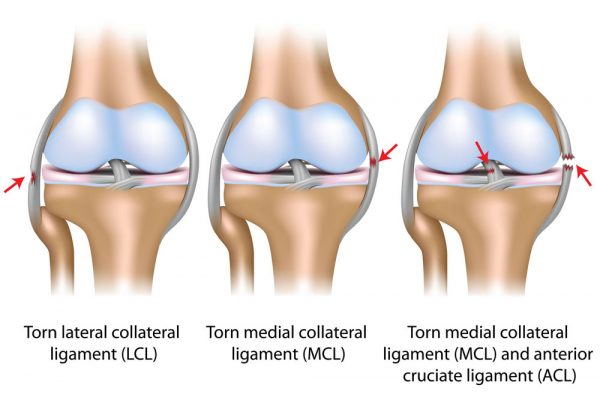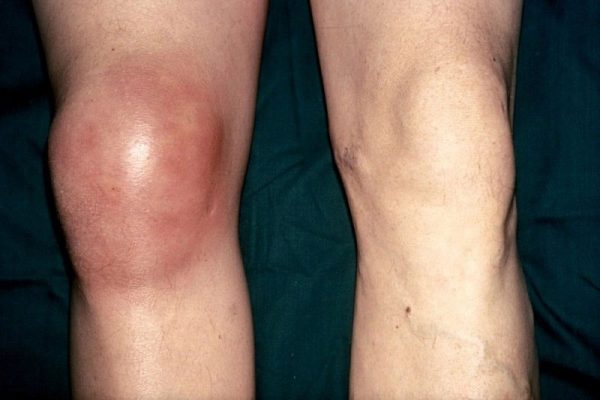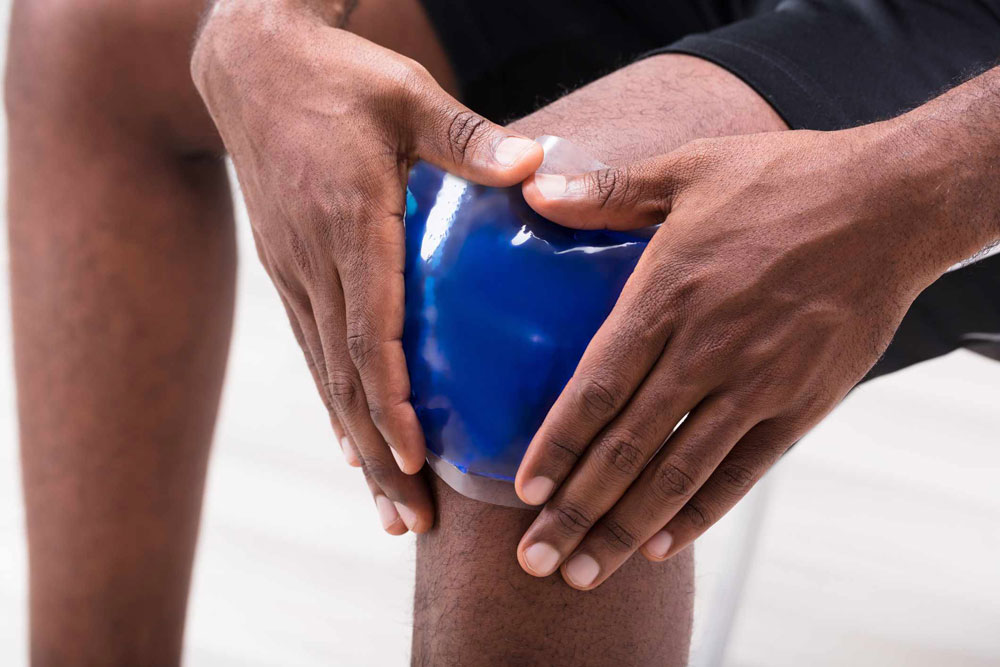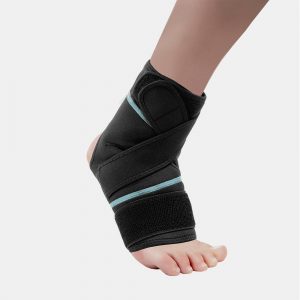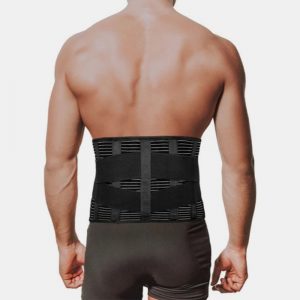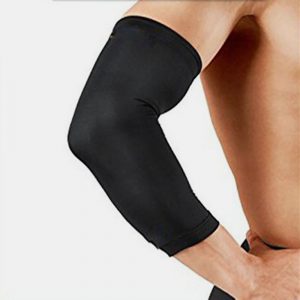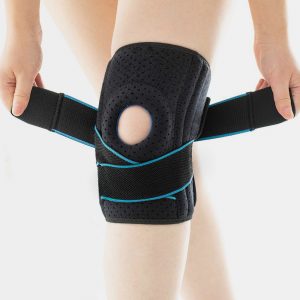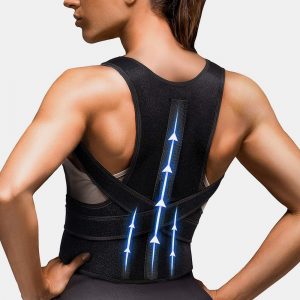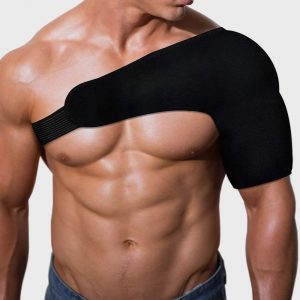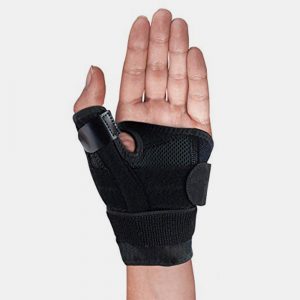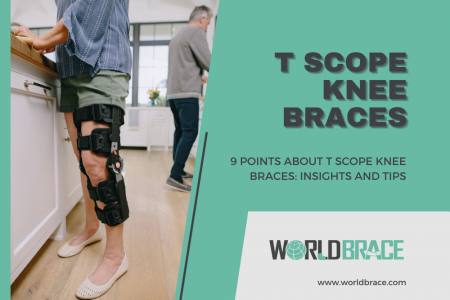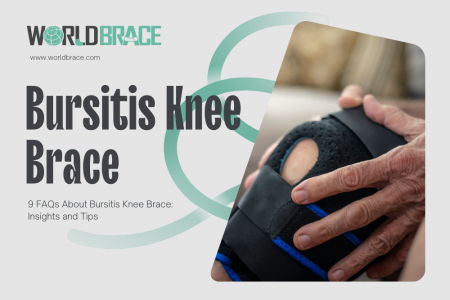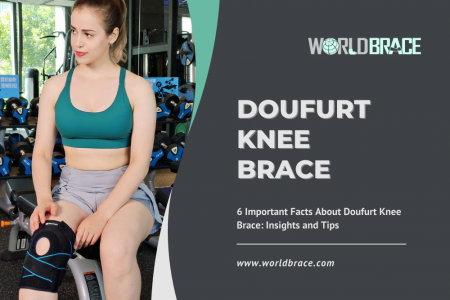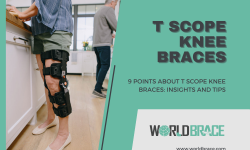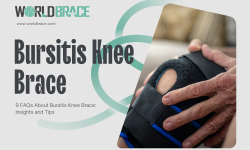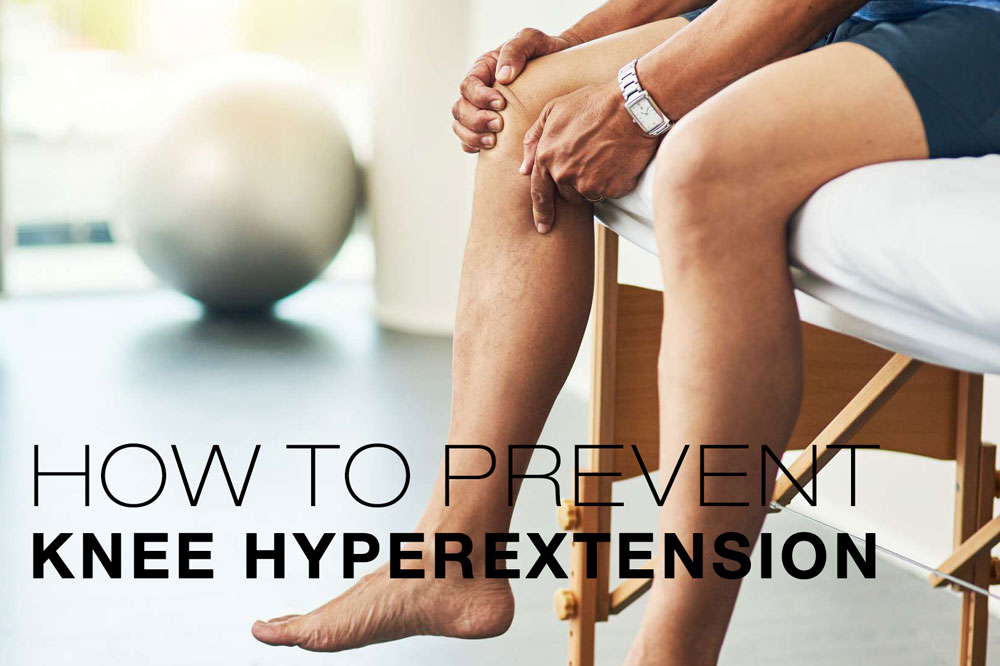
Table of Contents
What is knee hyperextension?
Knee hyperextension happens when the knee bends in the wrong direction, causing damage to ligaments located in and around the knee. This injury is most commonly seen in people who play high-impact sports and in other athletes as well. In most cases, treatment methods include simply letting your knee rest until it recuperates, pain meds, and, in the most serious cases, surgery.
How do you know if you have knee hyperextension:
The most common symptoms of knee hyperextension are:
- Bruising or discoloration of the skin around the knee.
- Swelling around the knee.
- Problems moving your knee in a normal fashion.
- Instability.
- The knee is weaker than it usually is.
After your knee hyperextends, you might not be able to use it the way you usually can. This is because of things like pain and swelling. This is usually the case if you hurt other parts of your knee, like your tendons, ligaments, or meniscus, when you were hurt in the same way. You typically won’t be able to put as much weight on your knee as you normally would.
Do not push through the pain or try to walk it off if you bend your knee too far. A mild injury can get worse if you don’t pay attention to the symptoms. This can also cause additional damage to your knee.
Knee hyperextension Symptom Picture
How to prevent knee hyperextension?
- Depending on the activity, make sure you use the proper protective equipment.
- Make sure to always stretch after physical activity.
- Make sure to warm up properly before any physical activity.
- Give yourself ample recovery time after intense physical activity.
- Once you feel that you may have injured yourself, it’s time to stop. Don’t try to play through it. If you feel pain, it’s time to stop.
- Using a knee brace is a great way to help prevent knee hyperextension.
A knee brace to prevent knee hyperextension
In addition to stabilizing the knee joint and helping to absorb extra force, a knee brace for hyperextension may boost confidence while returning to physical activity after an injury. If you’ve had problems with one of your knees in the past, it may be a good idea to use a knee brace as a preventative measure.
Healing knee hyperextension
Physiotherapy might speed up your healing time, depending on how severe your injury is. It’s important to remember that each person’s healing time will be different.
Treatment for mild sprains, such as rest, often takes two weeks to work their way up to full recovery in most people. However, the healing time after surgery to repair a torn ligament is around six months. Physiotherapy exercises and the use of crutches may be recommended by your doctor during this period. After six months, you may be allowed to return to sports. Using your knee before it’s recovered might result in long-term injury.
Knee Hyperextension (Fix Hyperextended Knees)
faq
How long should you stay off a hyperextended knee?
Recovery from a mild to moderate case can take between two and four weeks. A more serious case can take around six months to heal fully.
Is knee hyperextension serious?
Mild hyperextensions won’t need surgery, and you can treat them at home with rest, ice, a good knee brace, and other things. Make sure you don’t ignore the pain or ignore the symptoms. A mild injury can get worse and become more serious, like a torn ligament.
Can you play sports with knee hyperextension?
Most adults and kids can go back to normal activities after hyperextension of the knee. It will take less time for you to get better if the injury isn’t very bad. There is also a good chance that most athletes will be able to play their sports.
Is knee hyperextension bad?
Hyperextended knees are a common problem for people who play sports. Mild hyperextensions won’t need surgery, and you can treat them at home with rest, ice, and other things. Make sure you don’t ignore the pain and try to play through it or ignore the symptoms. A mild injury can get worse and become more serious, like a torn ligament.
Does knee hyperextension shorten your leg?
No, there is no evidence that knee hyperextension can shorten your leg.

